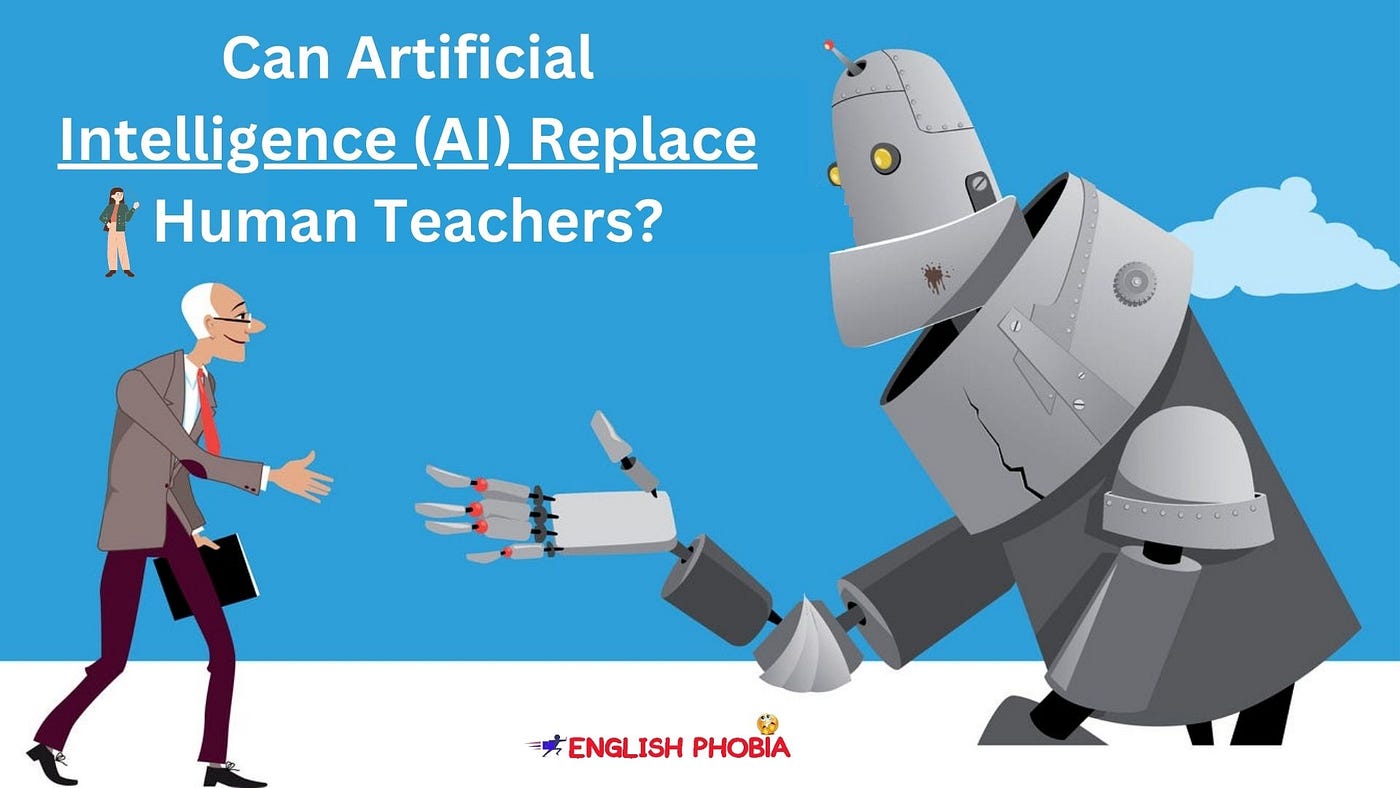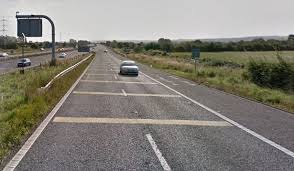The Future of Digital Art: AI-Driven Design Tools
The Future of Digital Art: AI-Driven Design Tools

In recent years, the landscape of digital art has transformed dramatically, primarily driven by advancements in artificial intelligence (AI). Among the revolutionary tools making waves in the creative industry is Adobe Firefly AI. This powerful platform is not only enhancing artistic possibilities but also reshaping how artists and designers approach their work. As we explore the future of digital art, we will examine how AI-driven design tools are changing the game, empowering creatives, and redefining traditional artistic processes.
Understanding AI in Digital Art
What is AI-Driven Design?
AI-driven design refers to the use of artificial intelligence technologies to assist and augment the creative process. These tools can analyze vast amounts of data, learn from patterns, and generate creative suggestions, thereby providing artists with unprecedented support.
The Rise of AI Tools in Art
The proliferation of AI tools in the creative field can be attributed to:
- Increased Efficiency: AI can automate repetitive tasks, allowing artists to focus more on the creative aspects of their work.
- Enhanced Creativity: AI tools can offer suggestions, generate ideas, and even create unique content that artists may not have considered.
- Accessibility: AI-powered tools are often user-friendly, making them accessible to non-artists and hobbyists, broadening the community of creators.
Key AI-Driven Design Tools in Digital Art
Several AI-driven tools are leading the charge in transforming digital art. Here are some notable examples:
1. Adobe Firefly AI
Adobe Firefly AI stands out as a game-changer in the realm of digital art. It integrates seamlessly with Adobe’s suite of applications, providing artists with robust tools to enhance their workflow.
- Generative Capabilities: Firefly AI can generate images based on text prompts, allowing artists to visualize concepts rapidly.
- Content-Aware Features: It can intelligently fill in missing parts of images, adjust backgrounds, and even stylize images according to specific themes.
- User-Friendly Interface: Designed with artists in mind, Firefly AI simplifies complex tasks, making it accessible for both professionals and beginners.
2. DeepArt
DeepArt utilizes deep learning algorithms to transform photos into artwork in various artistic styles. Users can upload images and choose from a range of styles, including famous painters like Van Gogh and Picasso.
- Artistic Styles: Users can blend their photos with renowned artistic styles, creating unique and visually striking pieces.
- Ease of Use: The platform requires no prior art skills, making it easy for anyone to create art.
3. Runway ML
Runway ML provides artists with tools to create and edit video content using AI. It offers features like background removal, motion tracking, and video enhancement.
- Collaboration: Runway ML allows artists to collaborate in real time, making it an excellent tool for teams.
- Video Manipulation: Artists can manipulate video content with simple commands, making it easier to create compelling visual narratives.
4. Artbreeder
Artbreeder combines different images to create unique artworks through collaborative machine learning. Users can blend images, adjust attributes, and explore endless possibilities.
- Customizable Features: Artists can control various aspects of the images, such as color, shape, and style, leading to highly personalized creations.
- Community Engagement: Artbreeder fosters a community where users can share their creations and explore others’ works.
The Impact of AI on the Creative Process
Empowering Artists
AI-driven design tools are empowering artists by offering:
- Creative Assistance: These tools can suggest color palettes, layouts, and design elements, streamlining the brainstorming process.
- Time Savings: By automating tedious tasks, artists can allocate more time to creative exploration and innovation.
- Experimentation: Artists can experiment with new styles and techniques without the fear of committing to a final product.
Changing Traditional Artistic Practices
AI is reshaping traditional artistic practices in several ways:
- Collaboration with Machines: Artists are learning to collaborate with AI, treating it as a co-creator rather than just a tool.
- New Aesthetics: The introduction of AI-generated art is giving rise to new aesthetics and artistic movements, challenging conventional definitions of art.
- Evolving Skill Sets: As AI tools become more prevalent, artists are adapting their skill sets to include AI literacy, understanding how to leverage these technologies effectively.
Challenges and Considerations
While AI-driven design tools offer numerous advantages, they also present challenges:
- Ethical Concerns: The use of AI in art raises questions about authorship and originality. Who owns the rights to AI-generated art?
- Job Displacement: As AI tools become more capable, there are concerns about job displacement in the creative industry.
- Quality Control: While AI can generate art quickly, it may not always meet the artistic standards expected by professional artists.
Looking Ahead: The Future of Digital Art
The future of digital art will likely see continued integration of AI-driven design tools, further enhancing the creative landscape. Artists will increasingly embrace these technologies, leading to:
- Personalized Art Experiences: AI will enable artists to create tailored experiences for their audiences, incorporating individual preferences and behaviors.
- Collaboration Across Disciplines: As artists and technologists collaborate more closely, we may see the emergence of hybrid art forms that combine various disciplines.
- Sustainable Practices: AI can help optimize creative processes, reducing waste and promoting sustainable practices in art production.
Conclusion
The intersection of AI and digital art is creating a dynamic and exciting landscape for creatives. Tools like Adobe Firefly AI are paving the way for new artistic possibilities, allowing artists to explore their creativity without limitations. As we continue to witness the evolution of AI in art, understanding the Adobe Firefly features will be crucial for artists seeking to harness these tools effectively. Embracing AI-driven design tools will not only enhance artistic expression but also shape the future of digital art in unprecedented ways. The journey ahead promises to be innovative, collaborative, and full of potential for artists around the world.



